
How to boost your fibre intake
You don’t have to eat your way through a bag of apples or empty a box of over-the-counter supplements to up your fibre intake. “Sneaking fibre into the diet is pretty easy,” says professional dietitian Caryn J. Roll of Montreal Nutrition. There are plenty of nutritious ways to get more of this health-promoting essential into your meals, according to both Roll and Tristaca Caldwell, a professor at Acadia University in Wolfville, Nova Scotia, and a registered dietitian with Fueling with Food. In fact, you’ll probably be surprised how easy it is to work fibre into your food routine using their six tricks.
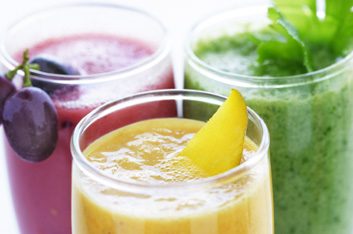
1. Sneak fibre into your smoothies
With its creamy overtones of a milkshake, most of us love a good smoothie, but find excuses not to make it at home. Yet these drinks are a great vehicle for adding fibre-filled ingredients to your diet, and all you need is a blender. “Smoothies are a tasty, portable, and healthy way to start your day,” says Caldwell. Put your smoothie ingredients in the blender the night before and store it in the fridge. The next morning, all you have to do is blend for a few seconds and breakfast is served, she says. You can also add 1 to 2 tablespoons of wheat or oat bran to increase your drink’s fibre content, according to naturopath Natasha Turner’s 7 tips for making super smoothies.
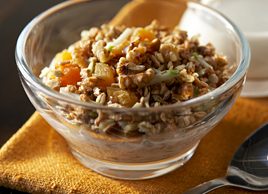
2. Eat fibre-rich foods at the office
Some of us scoot out of the house in the morning without eating anything, let alone fibre. If that sounds like you, try bringing high-fibre foods to nosh on once you get to work. “Put milk into a glass jar and cereal topped with dried fruit into a container the night before. It’s an easy breakfast to eat while skimming through your email in the morning. Or pack a whole grain bagel or bread that can be toasted at the office,” Caldwell says, and top with peanut butter.
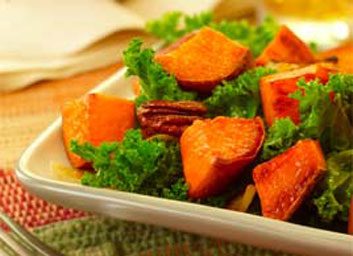
3. Swap white foods for whole-grain options
Do you crave carbs more than any other food type? You can still increase your fibre and whole grain intake by avoiding the white versions. “Say no to white bread, white rice, white pasta and even white potatoes,” Roll says. White foods tend to be more processed, and lower in fibre and healthy nutrients than their whole-grain equivalents. “Include sweet potatoes in your diet instead. Switch to whole-grain bread, whole-wheat pasta and wild rice. If you like basmati rice there is a brown version. Why not try whole-wheat couscous too?” she says. Not everyone immediately loves the stronger flavours and different textures of whole-grain foods, but there are ways to ease into the transition. If your family has a hard time adjusting to whole grain pasta or rice, “cook half whole grain with your regular choice, until you become used to the difference between the two,” Caldwell says.

4. Eat more fruit and veggies
Leave the bags of chips and chocolate bars on the shelf and make the effort to buy your favourite fruits and vegetables. Put them in a bowl on your desk or on your coffee table so you’ll reach for them as a snack. Hate cutting up fruit? Don’t shy away from the convenience-packaged offerings at the store. Even though they are more costly, they are still a better alternative to sugary snacks or baked goods, or indeed not eating produce at all. “Fruits and vegetables contain fibre so snack on those instead of croissants and muffins, unless they are whole grain,” Roll says. Try replacing your morning juice with a piece of fresh fruit to add about three grams of fibre as well as a host of other nutrients. Still, some of us have an upper limit to how many raw vegetables we can eat. If that sounds like your household, sneak them in during meal preparation. “Add pureed vegetables to soups, sauces and casseroles for extra fibre,” Caldwell suggests.
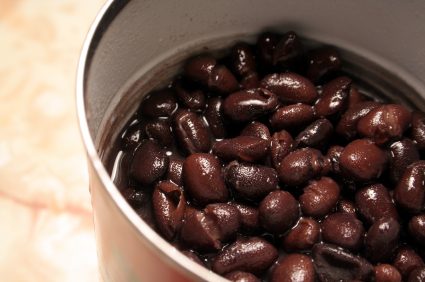
5. Eat more beans
Beans are plentiful, easy to store in either canned or dry form, and are a seriously healthy and inexpensive way to boost your nutrition bottom line. “Beans, lentils and chickpeas are packed with fibre and protein. Why not add some to a grilled chicken or salmon salad?” says Roll. Her suggestions for consuming more bountiful beans include making your family’s favourite meat-based chili with extra kidney beans, and going for lentil soup which is high in fibre and tastes terrific.
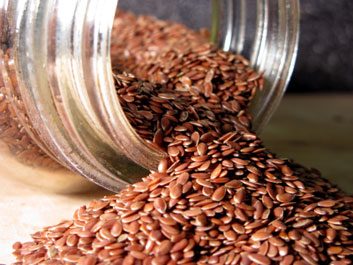
6. Add flax seeds to your meal
Flax seeds, which are brown and approximately the size of sesame seeds, are readily found in the grocery store, sometimes alongside prepackaged nuts. When flax seeds are fresh, they impart a mild flavour and crunchy texture to foods they’re added to. Beware if they smell or taste fishy, as it means they’ve gone rancid. Caldwell suggests adding one to two tablespoons of flax seeds to cereal, yogurts and salads and even casseroles for yet another healthy source of fibre. You can also blend them into your favourite smoothie recipe.
Related:
• How fibre helps with weight loss
• Quiz: How much do you know about fibre?
• 10 ways to get more fibre
